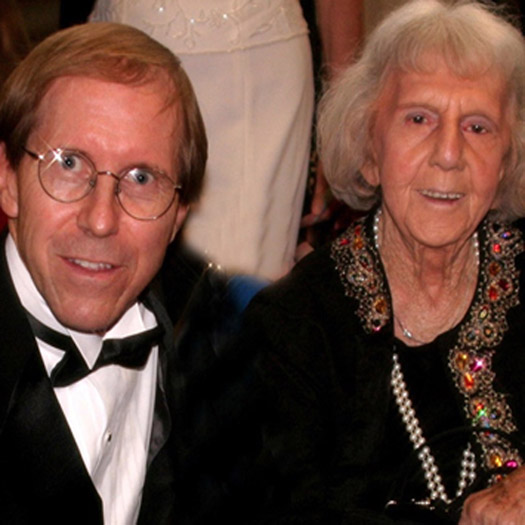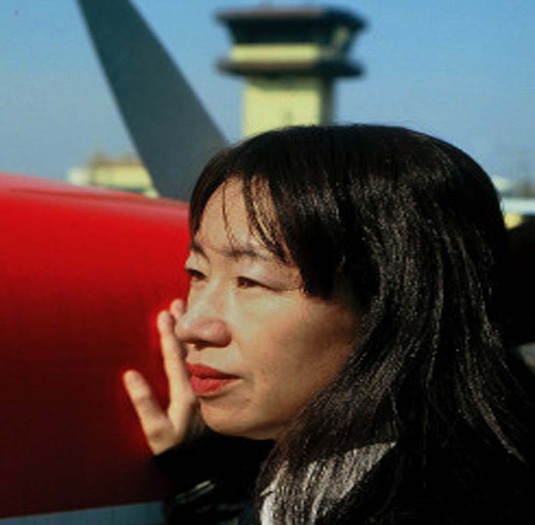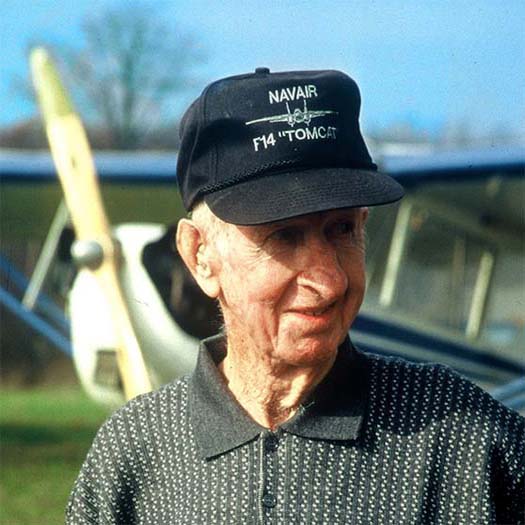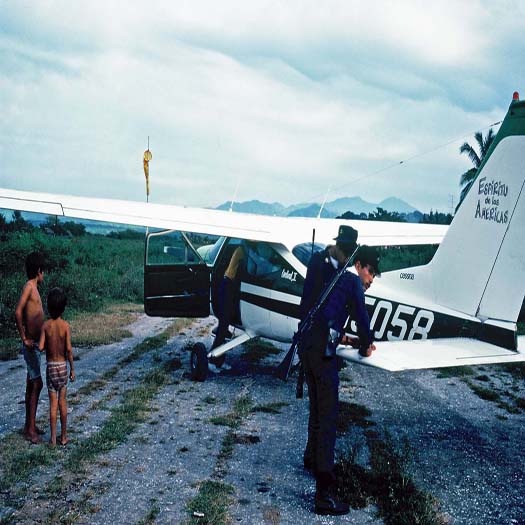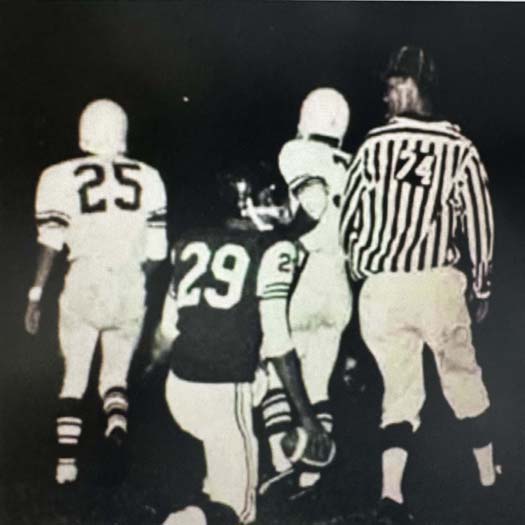Mastering workplace resilience for Long-term success
Want to up your game for long-term success? Mastering workplace resilience is one sure way to get there, quick! In the following short story, you’ll see a perfect example of how it’s done. (For other aviation-related stories of success, check out our best selling book, Pull Up – Lead, Succeed and Achieve, Despite Snafus, Setbacks, or Sucker Punches ————– It’s Sunday morning. Flight instructor, Evelyn Johnson, jumps in her car and heads down the road for church. As the world’s oldest active flight instructor, and recipient of the coveted National Aviation Hall of Fame award, (see above photo: John Tillison and Evelyn Johnson, at the Aviation Hall of Fame) Evelyn is known for her incredible workplace resilience. Today, right after church, she plans to put in an 8-hour work day at the Morristown, Tennessee airport. However, fate intervenes. She never makes it to the church. Approaching an intersection, the sun momentarily blinds her. She fails to see the semi stopped in front of her. Evelyn plows into and underneath the truck. The impact is so severe, it severs off the top of her car. Evelyn is severely injured. Even though she suffers multiple contusions, along with a severed leg, the ever-resilient Johnson, miraculously survives the accident. At age 96, with those kinds of injuries, you’re naturally going to experience pain, worry, mental chaos, and PTSD. Most people will cut back their work. Some will quit all together. Therefore, I began to call Evelyn more often, to check up on her progress. In the past, Evelyn would always answer the phone by the first or second ring. But today, there is no answer. Fearing the worst, I call the front desk of Evelyn’s managed care home. The receptionist confirms my greatest fear: “I’m sorry, she’s gone,” she says. My heart sinks. Aviation’s Hall of Fame, and pilot extraordinaire, suddenly gone. Then the receptionist chirps, “But she’ll be back at five.” At five sharp, I speed-dial Evelyn. First ring, she answers, “Hello?” “Evelyn, where the heck have you been?” “Well for gracious sakes alive, John, I’ve been at the airport…working. Where did you think I was?” In the Face of Adversity, Evelyn Remains Unstoppable…and Upbeat When I ask how she’s managing her new condition, she blurts back, “The shorter leg slows me down a bit… but I’ve got a prosthesis on back order!” For sure, Evelyn’s positive attitude in the face of adversity is inspiring. Yet, it’s not just reserved for a select few. In fact, anyone can master resilience, by adopting a simple aviation-based principle to rise above workplace challenge. To Master Workplace Resilience, “Lift Must Exceed Drag” Every workplace has its “drag”—boredom, stress, lack of challenge, office politics, and energy-draining chaos. Over time, this drag can lead to burnout, disengagement, and even depression. However, there’s good news: You have the power to decrease drag and increase your workplace “lift.” In fact, you can rise above soul-crushing workplace issues, by focusing on the following four actions: How to reduce drag and create lift: Exert a Positive Attitude: Your attitude is the most powerful tool you have. Use it! Smile more, engage friends and colleagues. Expect good responses, and you’ll get them. Raise Your Own Bar: Challenge yourself to go beyond minimums. Even when work feels heavy, find ways to inject creativity, passion, and purpose into your work. Be Proactive with Change: If you feel stuck in a rut, make a decision to push yourself outside your comfort zone. Take action. Don’t over-analyze. Think can-do. Then, do it! Create Meaningful Connections: Listen more, talk less. Become a team player, appreciate co-workers and give a helping hand when possible. Lastly, encourage others. There’s no higher ROI. Just like Evelyn, you have the power to minimize drag and maximize lift. If you catch yourself disengaging, becoming negative, or stressed out, it’s time to shift to a more positive mindset. The Benefits of a Positive “Lift” In addition to enhancing an overall healthy workplace environment, research shows the undeniable benefits from striving towards more lift in life. For example, research from the Mayo Clinic, shows the health benefits of maintaining a positive mindset. Some major benefits include: An increased lifespan Lower rates of depression and pain Greater resistance to illness Better coping skills when stressed Therefore, when facing workplace challenges, approach the situation head-on. Refuse to wallow or let circumstances drag you down. Build your lift and expect the best. By doing so, you will not only foster increased resilience, strength, and improved mental well-being, but you’ll very well experience a profound buoyancy in spirit you may not have ever considered possible. Enjoyed this article? Explore more insights on our aviation-based Articles Page. And, PLEASE, take a moment to share your thoughts in the comments below.
Mastering workplace resilience for Long-term success Read More »


